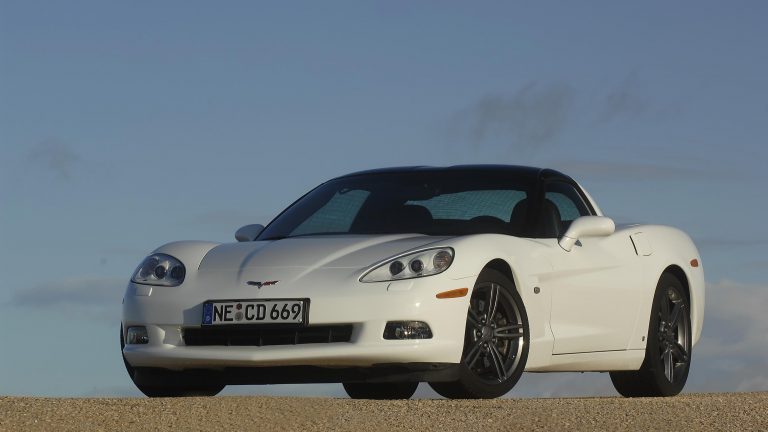[su_image_carousel source=”media: 51745,51746,51747,51748,51749,51750,51751,51752,51753,51754,51755,51756,51757,51758,51759,51760″]
Introduction
The LS3 was a 6.2-litre pushrod V8 petrol engine that was developed and manufactured by GM and available in HSV models from April 2008 to the present. The LS3 replaced the 6.0-litre LS2 V8 engine.
LS3 block
Compared to theLS2 engine, the deep-skirt, aluminium cylinder block was strengthened for the LS3 engine. Within the block, however, the LS3 continued with centrifugally-cast, gray-iron cylinder bore liners. As before, a die-cast valley cover and upper deck rails connected the cylinder banks for greater rigidity.
Although the 92.0 mm stroke was unchanged, the LS3 engine had 103.25 mm bores (compared to 101.6 mm for the LS2) which increased the engine’s capacity to 6162 cc.
LS3 internals
Like the LS2, the LS3 engine had
- A nodular iron crankshaft that was held in place by five main bearings with six bolts per bearing cap (four vertical and two horizontal);
- Sintered and forged PF1159M steel connecting rods which had cracked’ big ends; and,
- Pistons made from cast eutectic aluminium.
For the LS3, however, the piston design was changed and the compression ratio lowered to 10.7:1. Maximum engine speed for the LS3 was 6600 rpm.
LS3 cylinder head
For the LS3’s aluminium cylinder head, intake flow was improved by straightening the flow path from the intake manifold into the cylinder heads and the new manifold was manufactured with a lost core’ process to reduce runner length disparity. Furthermore, the intake and exhaust ports were both revised for the increased flow.
LS3 camshaft and valvetrain
Like the LS2, the LS3 engine had a single, hollow camshaft that was produced from steel billet and had induction-hardened lobes. The LS3 engine, however, had more aggressive camshaft timing and increased intake valve lift (14.0 mm compared to 13.25 mm).
The LS3 engine continued with two stainless steel valves per cylinder (one intake and one exhaust) that were actuated by cast steel, needle bearing roller rocker arms. Whereas the LS2 engine had 50.8 mm intake valves and 39.4 mm exhaust valves, the LS3 engine had 55.0 mm hollow-stem intake valves and 40.4 mm exhaust valves. The valve springs and hydraulic valve lifters, however, continued.
LS3 injection and ignition
Like its predecessor, the LS3 engine had electronic, sequential port fuel injection (SFI) and each cylinder had its own injector to meter fuel, though higher-flow injectors were introduced for the LS3. Furthermore, each cylinder had its own ignition coil, coil driver assembly and short plug wire that connected to the spark plug.
[su_table responsive=”yes”]
[/su_table]



